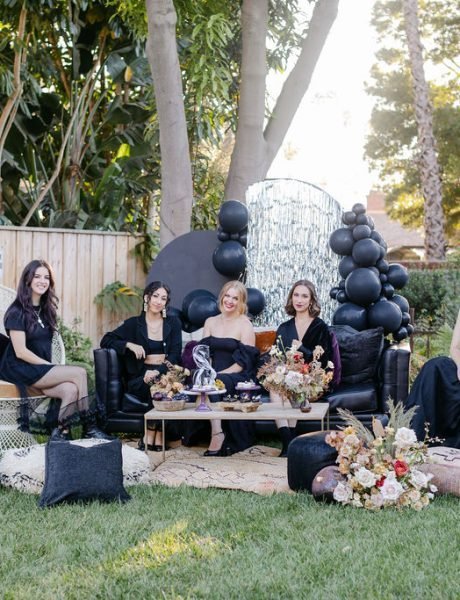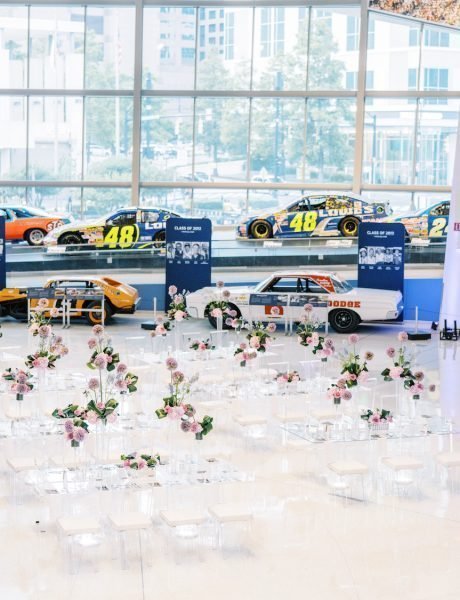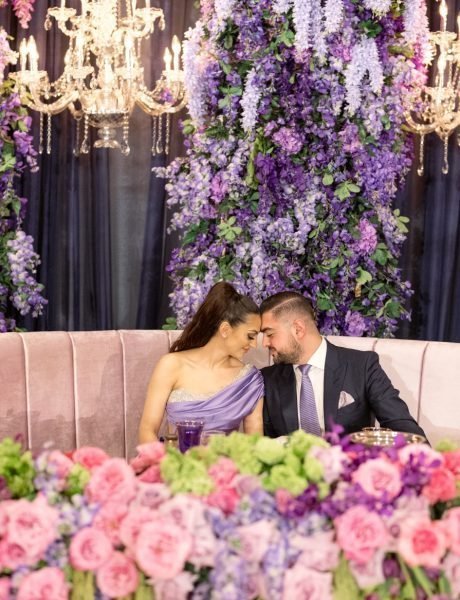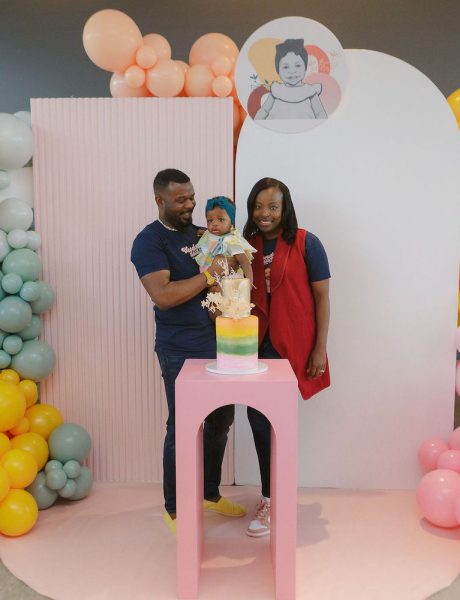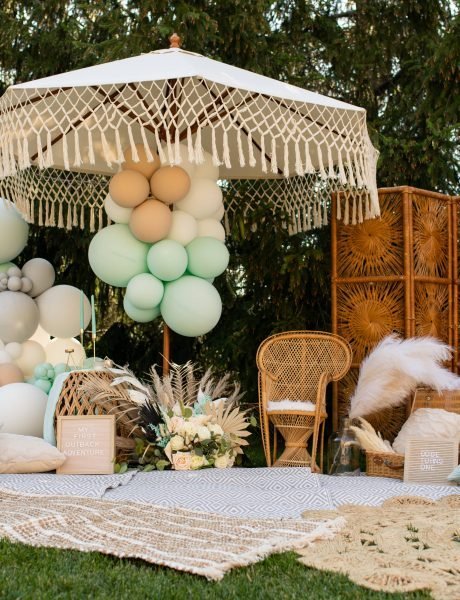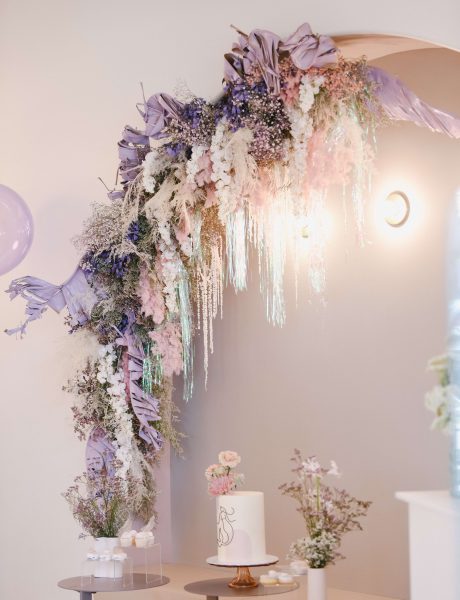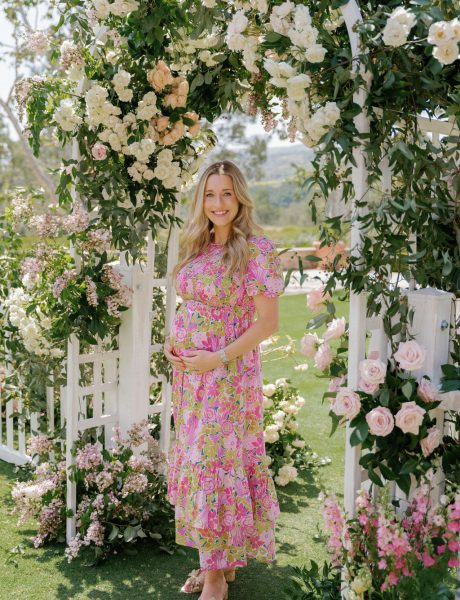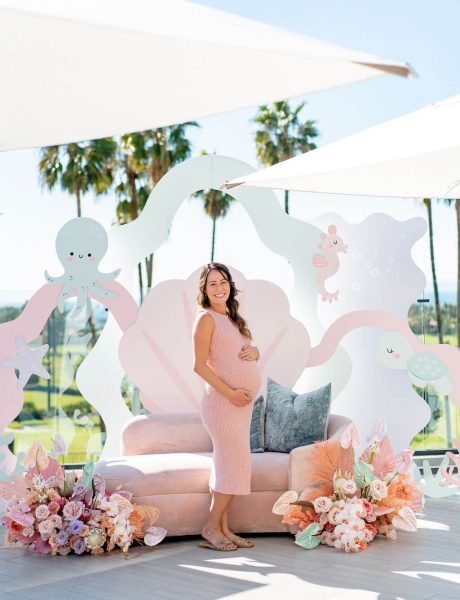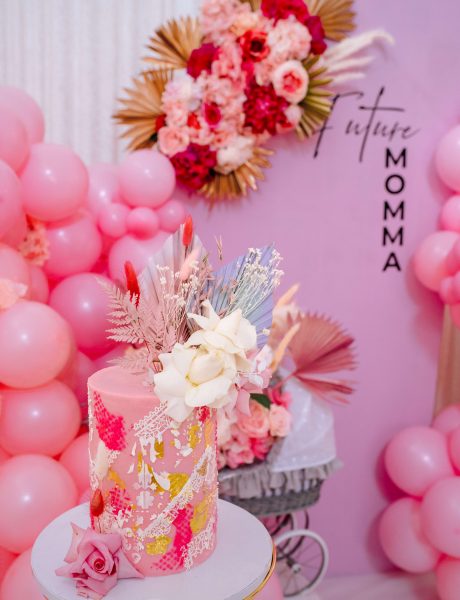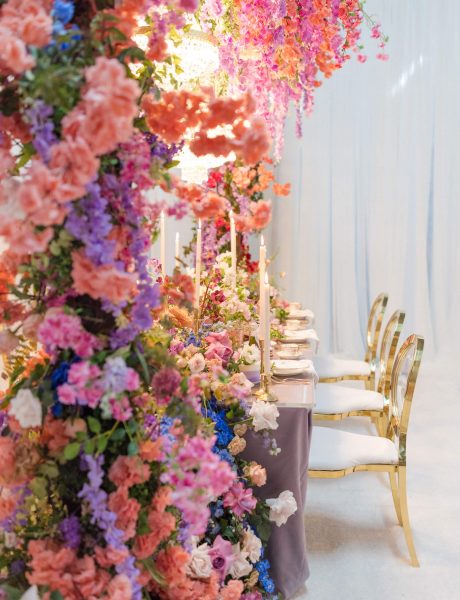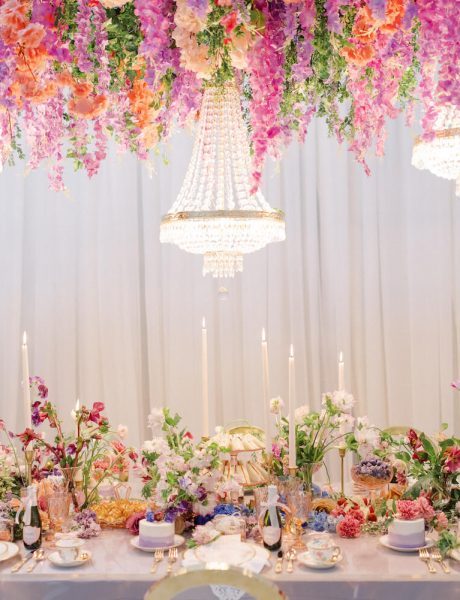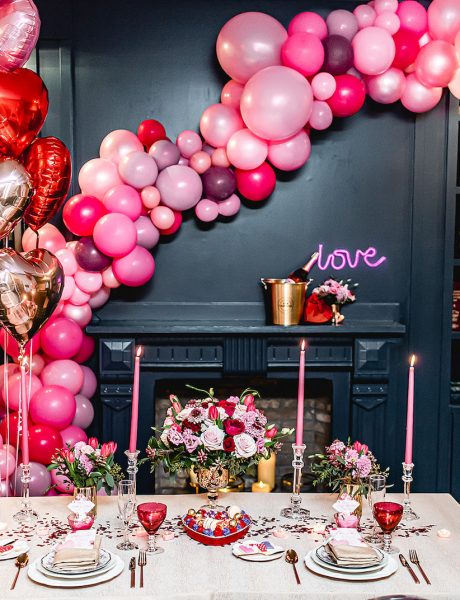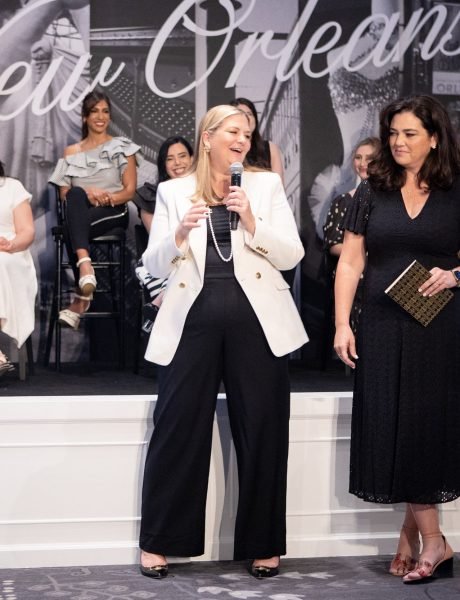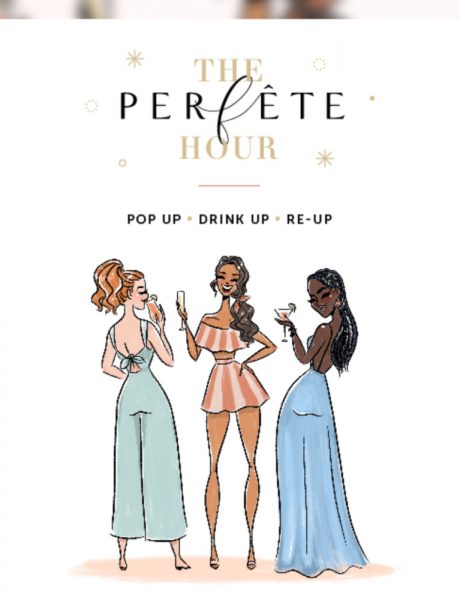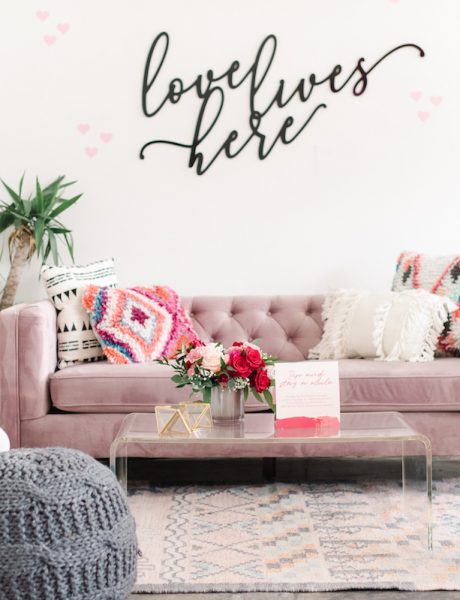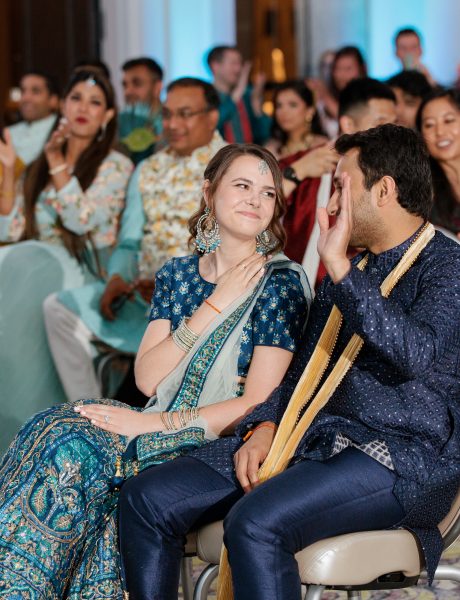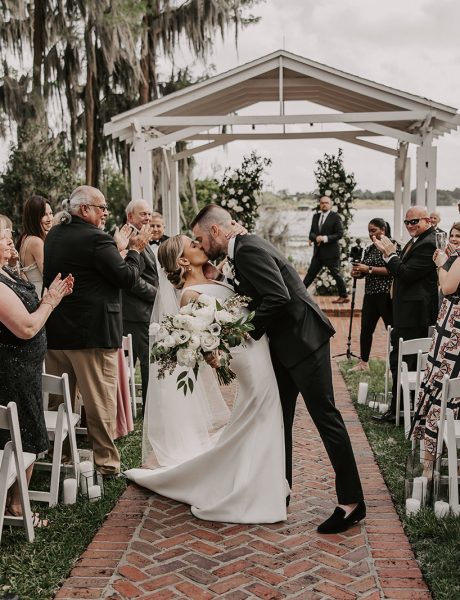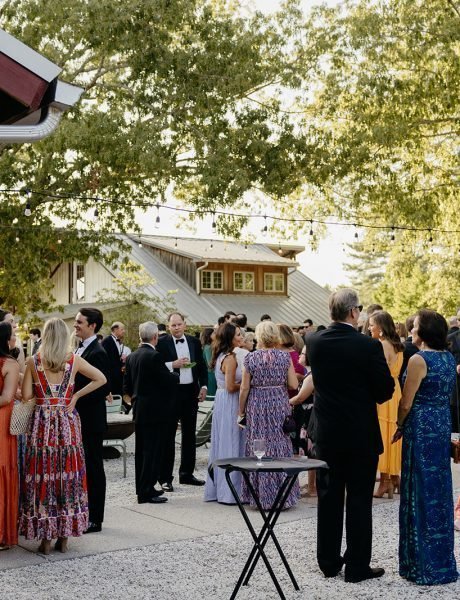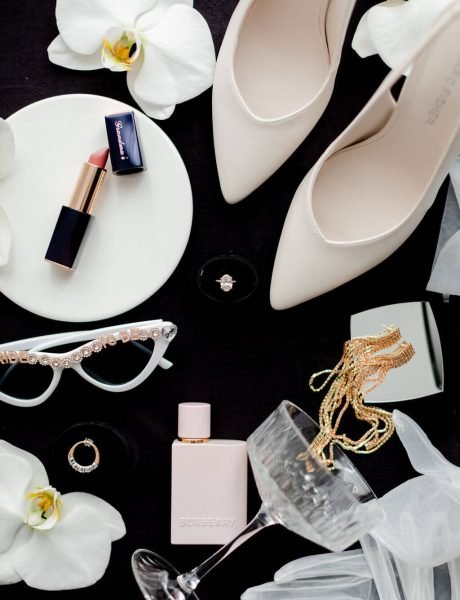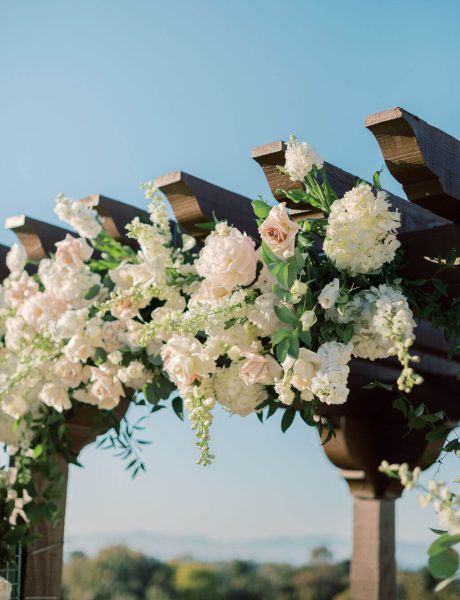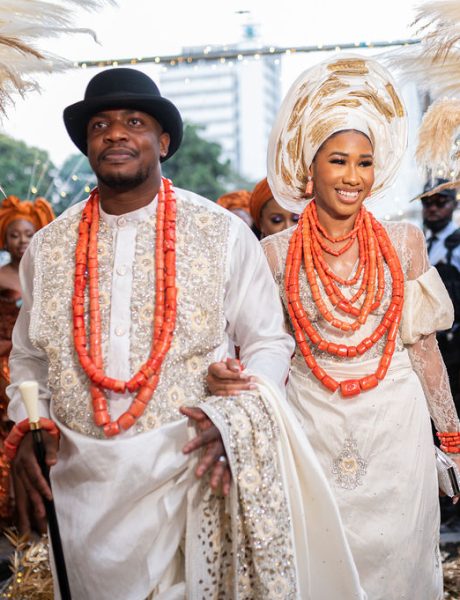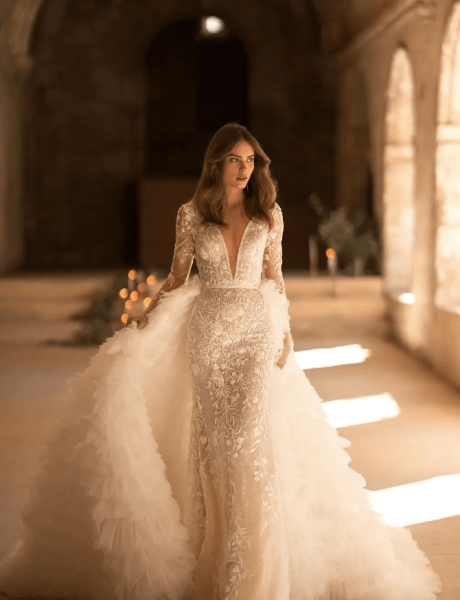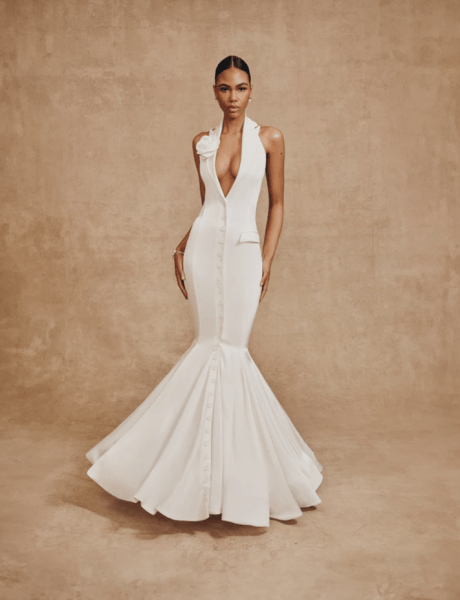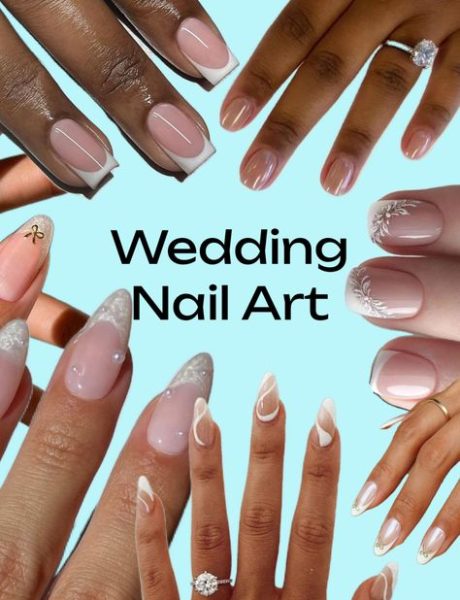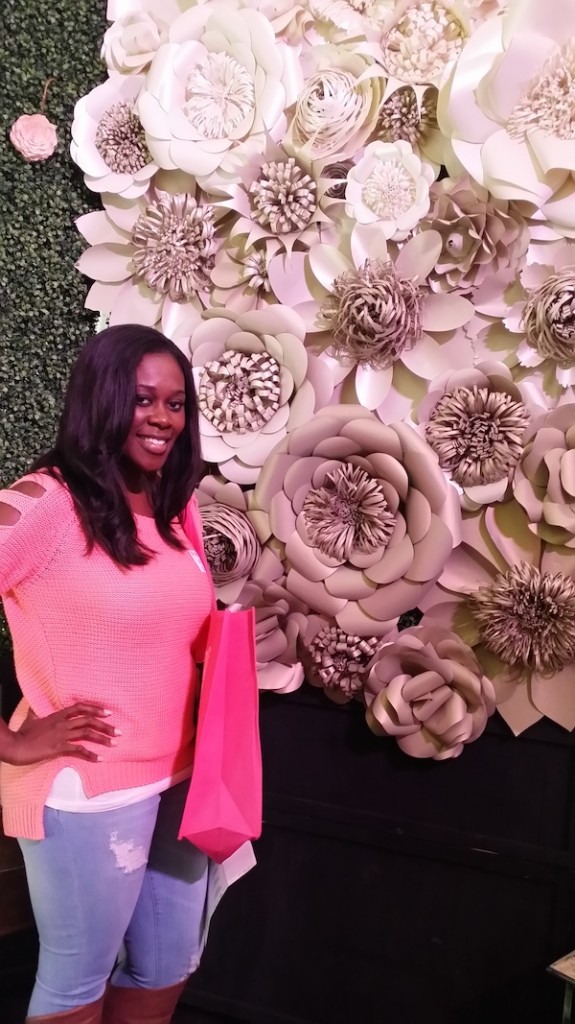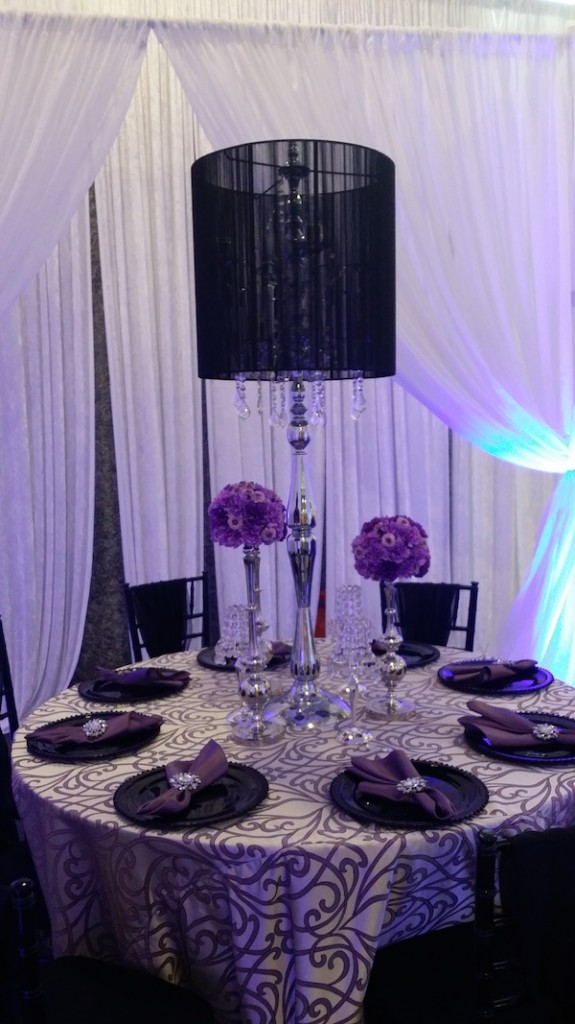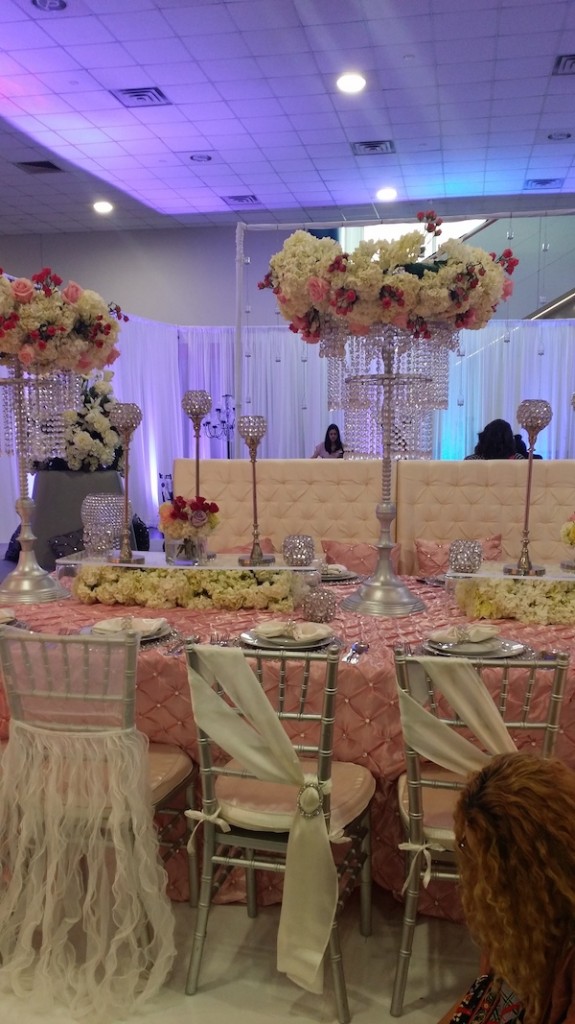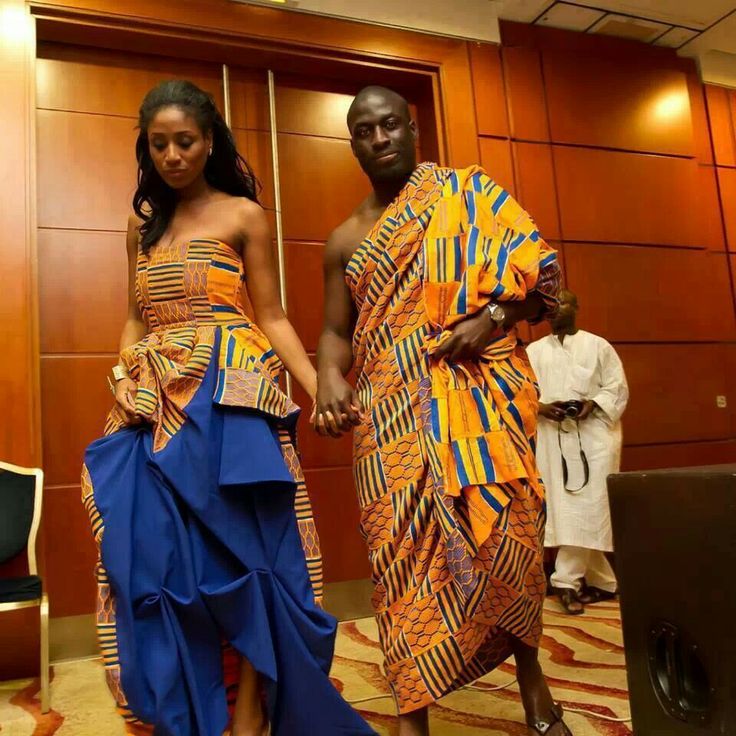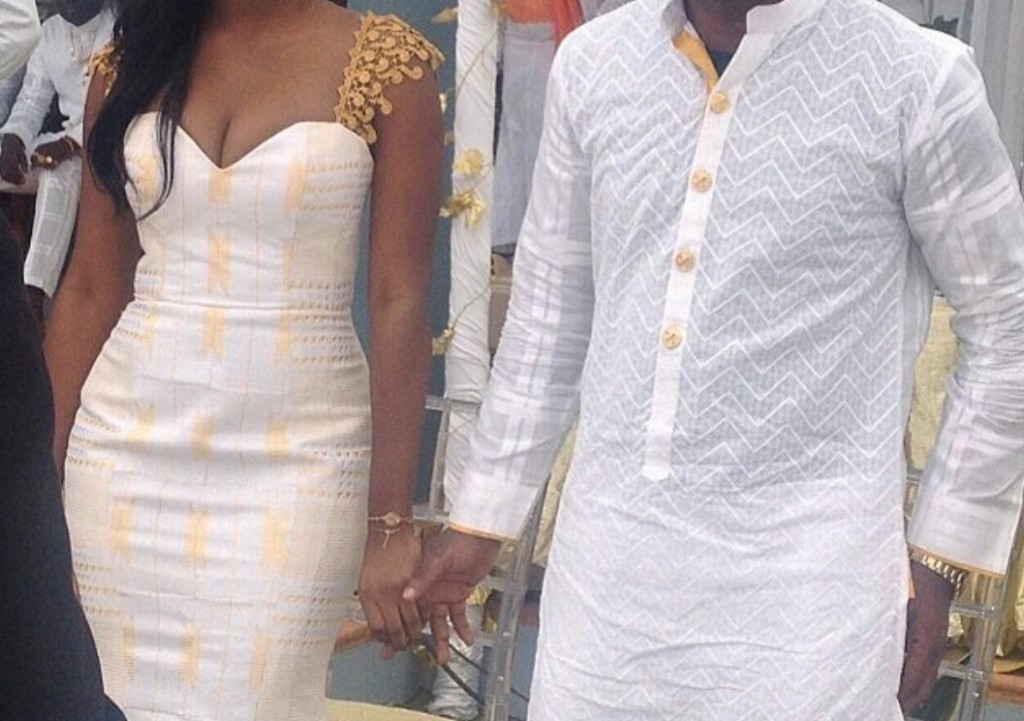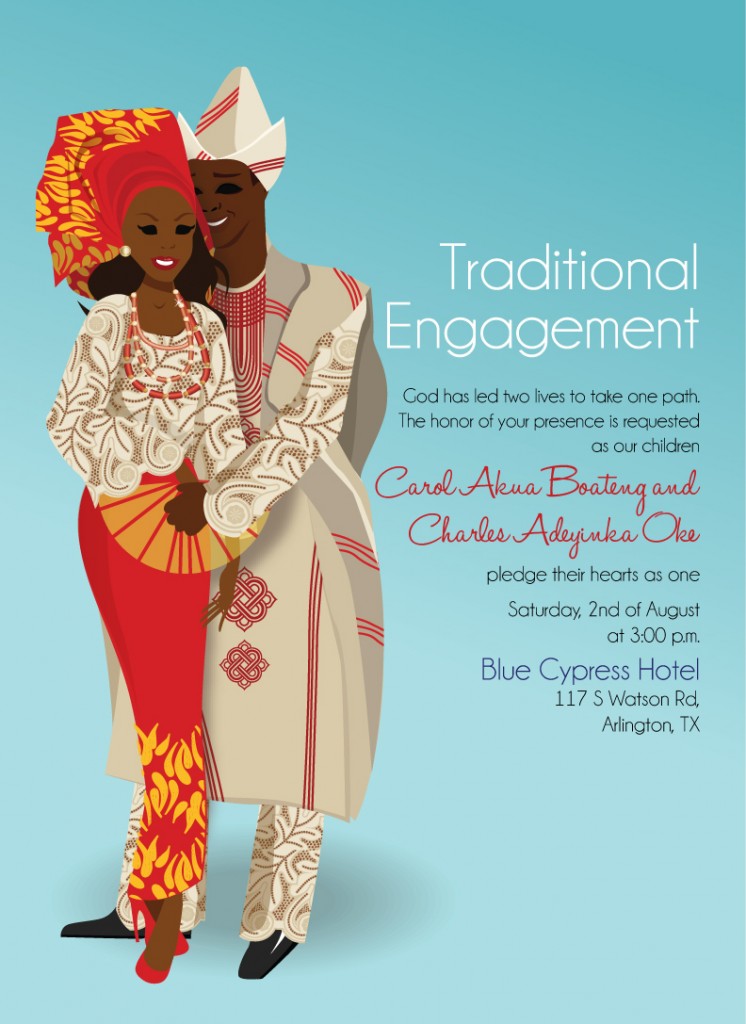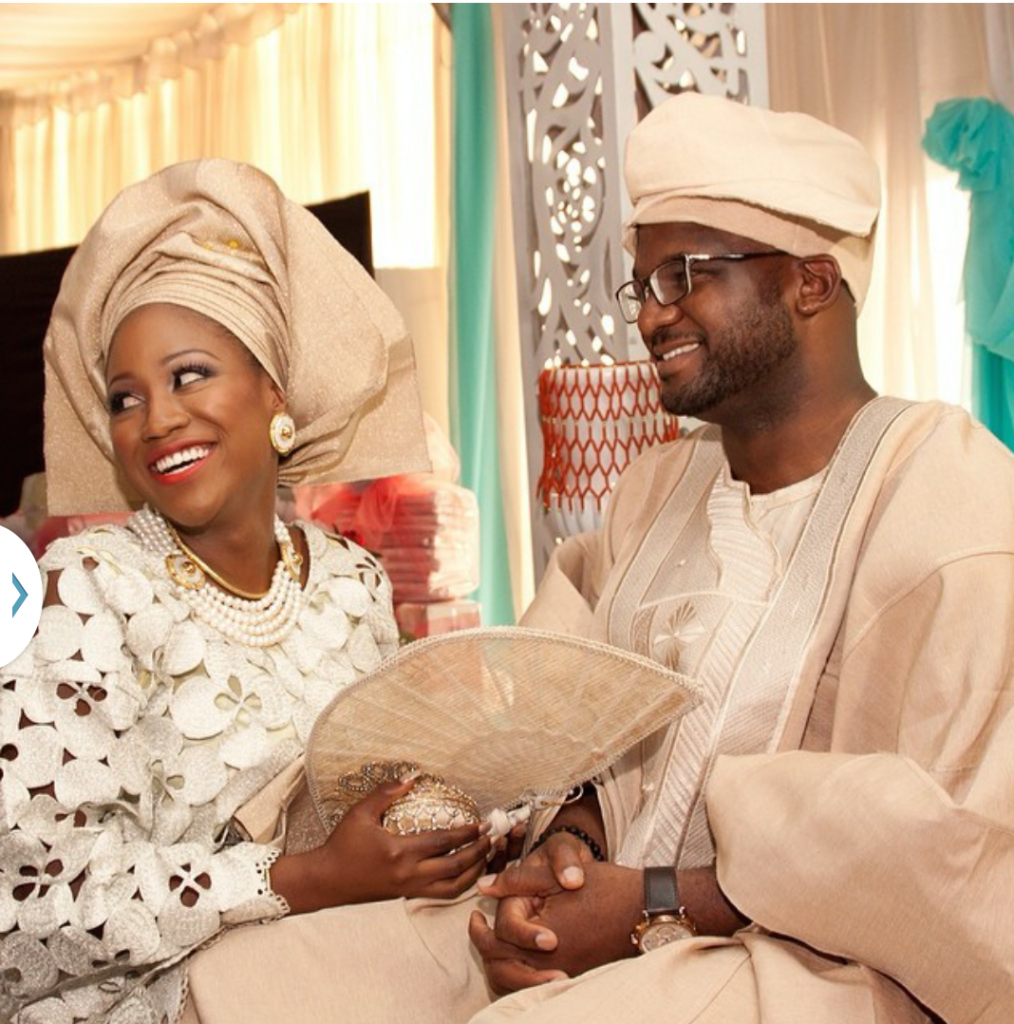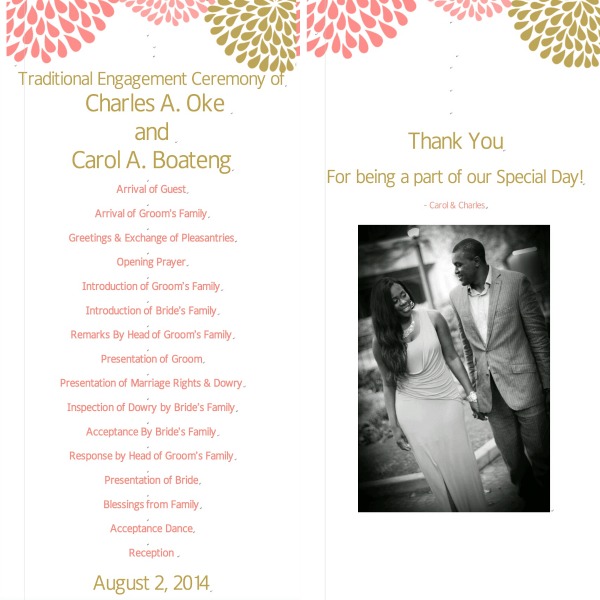After Charles and I got engaged, I stayed on cloud nine for a couple of days before realizing that I couldn’t stay there for too long because we had a wedding to plan! I had no clue where to start! Luckily, I had quite a few friends who were also planning weddings and comforted me in knowing that I was not the only clueless bride-to-be! A few weeks after my engagement, my sorority sisters Rachel and Dee took me to dinner to celebrate. Dee was also planning a destination wedding in Mexico that was just three months away and still needed some things for her big day! Just our luck, there was a huge Bridal Extravaganza going that weekend…so I don’t even have to tell you what happened!
I would definitely recommend going to a bridal show as soon as you can following your engagement. It really helps to get an idea of the latest trends and the different options that are out there. I tasted cake, looked at dresses, made a photo flipbook, and listened to live music (see the video below) being performed by different groups all under one roof!
Now that I had some great ideas from the Bridal Extravaganza and my down the aisle pinterest page was full of pins, you would think that I was ready to start planning my dream wedding right? Nope not really…lol I had another celebration to start planning before I could even start thinking about the “BIG” wedding. If you’re West African, you probably already know what I’m talking about…the Traditional African Engagement/Wedding!!! (Does anybody know what you’re really supposed to call it anyway? LOL)
Usually the traditional engagement is held at the bride’s family home and is kept very traditional. The first thing I decided was not to have it at my family home. Although I love every aspect of my culture and I usually like to stick to tradition, there were a few factors that kept me from holding the ceremony at home 1.) I have a lot of family and friends that wanted to attend and be a part of the celebration and 2.) I wanted to do something unique. I did not want to veer away from the actual traditions that are a part of the ceremony but considering the fact that most of our families live in the U.S. the location was one thing that I was willing to bend the rules for.
An abbreviated version of what goes on during the traditional wedding is that the groom and his family come to the bride’s house for the door knocking (called the “kokooko” in the Ghanaian culture). The bride’s family is responsible for hosting the gathering. In the knocking ceremony, the groom, along with his father and some elder members of the family visits the bride’s house to announce their intentions to marry their daughter. The groom’s family begins by presenting the bride’s price. The bride’s price includes a bible, money for the family, a suitcase, slippers, cloth, bras and panties, drinks, jewelry and of course the ring among other things. At each stage, the items are checked to make sure everything asked on the list is being presented. The groom, although present, does not speak in all of these proceedings. A representative from each family speaks on behalf of the groom and bride. Once the bride’s family accepts the groom’s request and inspects the bride’s price, the bride is then brought into the proceedings. Normally, the groom will be required to verify that the person joining the proceeding is actually his future wife as a decoy is often used to tease the groom. Once he verifies the bride, she is asked three times by her father if she agrees to marry the groom. When she agrees three times it becomes official!
After securing the date and venue, which was agreed upon by both of our families, Charles and I now had the wonderful task of inviting all of our guest! The use of invitations and RSVP is not the norm for West Africans, they typically go by word of mouth. If they know you (even if they haven’t seen you since you were young) they will come! This puts just a tiny strain on the planning process due to the fact that you have to “guestimate” almost everything. For my invitations (which were more like flyers lol), I found a wonderful vendor, that amongst other things, does invitations specifically for traditional African weddings! All of her invitations and stationary are beautiful you guys!! What I loved most about them is that she has different types for not only for the different countries but for the various tribes as well! This is the invitation that I chose, and everybody absolutely loved it! Check them out here- Bibi Invitations
I’ve always loved going to traditional weddings for one main reason… you leave with so many favors and gifts (usually adorned by the couple’s picture)! I always leave feeling like I went shopping! Although, my immediate family will provide many of the favors, other people in the family will bring favors to hand out as well as gifts to the bride and groom. I wasn’t playing when I said this is a family function!!! Our guest will receive things like coffee mugs, glass tumblers, Chinese fans, head scarfs, chocolate, CDs, and bags!
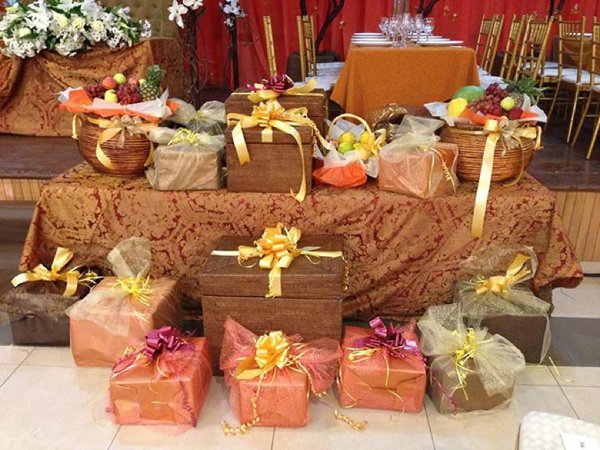
Now I get to the good stuff! Every girl’s favorite part of planning…the DRESS! Or in this case the dresses! When selecting the clothing for this occasion we have to imagine that we are back in Africa. If this were the case the groom’s family would be coming to Ghana from Nigeria and would wear their traditional clothing while we would wear ours. Traditional clothing for an Ashanti Ghanaian bride would be a dress made of kente cloth or lace. Kente is a hand woven cloth with intricate geometric patterns and bright vibrant colors. I absolutely love kente. If I could wear kente everyday I would!
Since my groom is coming from the Yoruba tribe in Nigeria, he will wear the agbada, which is a large wide sleeved robe over his sokoto and buba (pants and shirt) along with his fila (hat). At the conclusion of the ceremony and after I am officially part of their family, I will change into the iro and buba (long sleeved shirt and wrapper worn around the waist) and he will change into matching traditional clothing made from the same lace that I would be wearing!
It’s amazing to see how everything is coming together and we are able to unify both cultures while still retaining the original traditions from each. Blending of cultures is a beautiful thing! There are no country lines, skin color, or sea that can ever separate true love. Stay tuned guys…next up is the wedding!!! Woohoo! I can’t wait!!
*****
Carol B is blogging as part of our APbride Real Bride blogger series. Follow Carol and the rest of our APbrides here and check out what their pinning here.

